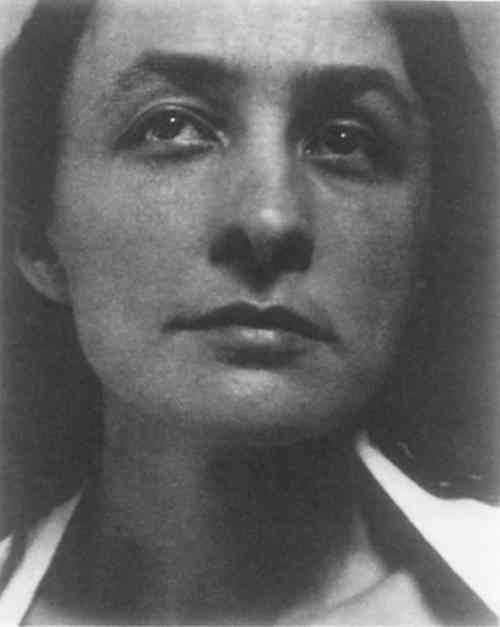ALFRED STIEGLITZ'S PALLADIUM PHOTOGRAPHS AND THEIR TREATMENT BY EDWARD STEICHENDOUGLAS G. SEVERSON
5 EXHIBITION AND PRINT MONITORINGAttention was first focused on Steichen's treatment of Stieglitz's photographs in 1984 when one of the Art Institute of Chicago's treated palladium portraits of O'Keeffe changed noticeably while on loan to an exhibit in Japan. This change was determined by monitoring the print before and after the exhibit with a reflection densitometer, which bounces a controlled beam of light off any selected 3 mm diameter spot on the image. The light is measured through four colored filters to produce a set of numbers that constitute the reflection density of that particular spot at that particular time. By carefully marking location on a polyester overlay sheet, the precise location can be measured again to determine change. Representative highlights, midtones, and shadows, along with any suspect areas, such as a stain, are monitored in this manner so that future loan decisions can be based upon actual stability data from previous exhibitions (Wilhelm 1981). When the National Museum of Art in Osaka chose to mount an exhibition in 1984 of 180 photographs from the collection at the Art Institute of Chicago, densitometric monitoring as a museum conservation technique was in its infancy. It was decided to conduct a pilot study, and 38 prints were selected to be monitored. Most of these were chosen because of some suspected instability or processing inadequacy. A Stieglitz palladium portrait of Georgia O'Keeffe (fig. 4) was monitored primarily as a standard for comparison, since it was assumed at that time that platinum and palladium prints were extremely stable. However, readings made upon the print's return to Chicago showed significant yellowing at all density levels (Severson 1986).
A number of possible explanations were offered for the changes that occurred in this and several other monitored prints. Reliable data about light levels in the exhibit galleries were not available but may have been quite high, according to the Art Institute curator who acted as courier for the loan. During the exhibition, the gallery temperature was unusually low, which by itself would be beneficial for the photographs but could also result in higher humidity levels that could accelerate deterioration. Based upon this study, and subsequent revelations of the lack of information about Steichen's treatment of the palladium portraits, restrictions were placed on the loan and exhibition of these photographs pending further investigation. The prints were kept in the Art Institute's refrigerated storage vault (at 60�F and 40% RH) and monitored periodically. No further changes were found in figure 4 or any other treated palladium print. Then in 1988, 19 of the O'Keeffe portraits by Stieglitz (including 12 palladium prints) were exhibited under very carefully controlled conditions in the Art Institute's Photography Gallery. No changes were found in the monitored prints after exhibition, including figure 4. Since that time treated palladium prints have been exhibited in carefully controlled conditions at the J. Paul Getty Museum and included in a traveling exhibition organized by the Phillips Collection in Washington, D.C. Extensive monitoring, in some cases with a colorimeter and a spectrophotometer as well as a densitometer, has indicated that no further significant tonal changes have occurred in these prints during exhibition. |
